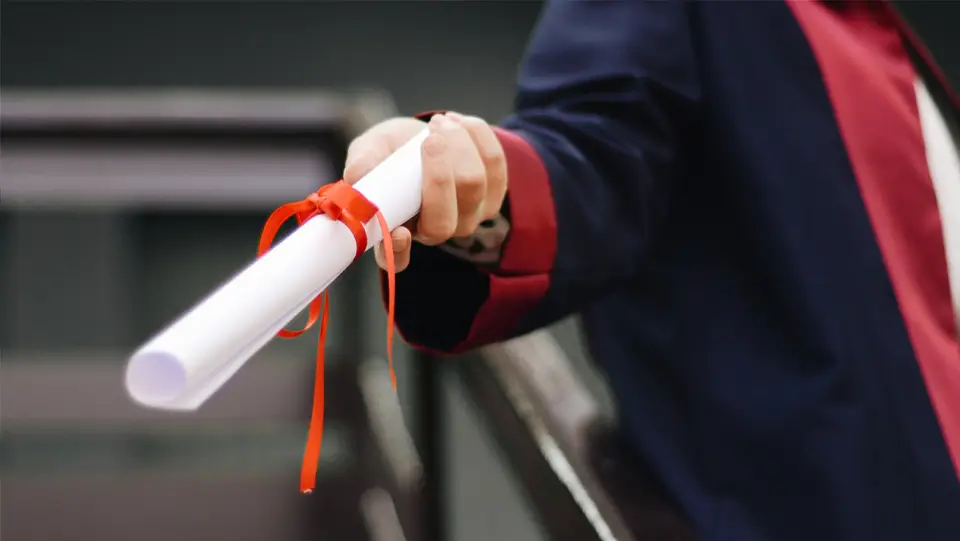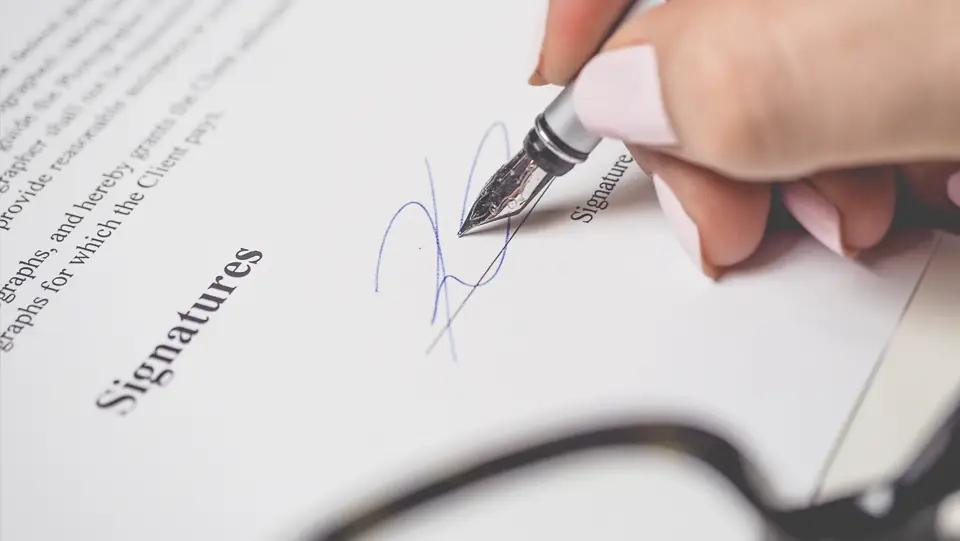My last post talked about one of the highly valuable services that I, or any skilled and experienced collaborative attorney, provide to a client; namely, helping them understand the conceptual agreements they reach at the kitchen table.
I want to cover another of the highest value services that I provide to clients in a collaborative process: Preventing old relational dynamics from undermining a settlement.
It has been said that the definition of insanity is doing the same thing over and over while expecting a different result. While it is a bit simplistic, it highlights the idea that if a dynamic has not worked in the past, then it is unlikely to work in the present or future.
Every couple has established relational dynamics. This includes the way they speak to each other, interpret each other’s statements, assumptions they make about each other, and expectations they have for each other’s behavior, among others. However, from my perspective, the most important relational dynamic in divorce is the way a couple handles conflict with each other.
Some couples simply don’t talk about conflicts. Some confront it immediately, head-on, with volume. Sometimes one person wants to confront it head-on and the other wants to avoid it and hope it goes away. There are almost as many dynamics for handling conflict as there are couples. Some are quite helpful and productive, but many are counterproductive.
It is often true that the way a couple handled conflict during the marriage played a significant role in the breakdown of the marriage. And yet, couples frequently want to conduct their divorce negotiation using the same dynamics that got them to the divorce.
It makes sense; these dynamics are deeply rooted and highly ingrained. They are very difficult to escape because they feel “natural” and even, ironically, comfortable in some ways.
And yet these dynamics can and do torpedo rational settlement conversations before they have a chance to gain traction. Even if they don’t prevent a settlement they unnecessarily prolong the negotiations and multiply the costs of the divorce if not managed effectively.
Fortunately, there are attorneys specifically trained to help clients manage these dynamics. Collaborative attorneys have unique skills to identify counterproductive dynamics and then mitigate them so clients don’t spend unnecessary time and expense getting hung up in old patterns.
These techniques start with training in how to listen to clients and their spouses. Once a pattern presents itself collaborative attorneys can help short circuit the pattern and adopt a new dynamic before frustration, deadlock, and the dreaded “Battle of Wills” set in.
This ability to identify and mitigate counterproductive dynamics between divorcing spouses is perhaps the key to the effectiveness of the Collaborative Divorce process. Having skilled attorneys who can see the dynamic objectively and short circuit it saves precious time and money for clients.
Without attorneys that can do this, the old dynamics lead to increased anger, frustration, suspicion, and mushroom-cloud conflict. That, in turn, leads to skyrocketing legal fees, animosity, and delays.
While it may be hard to see from the inside, the conflict dynamics that you and your spouse have used in the past may not serve you well in your divorce. Understanding that and hiring an attorney that is trained to identify and handle those dynamics will save you untold time and money.

FAFSA, Student Aid, College Funding and Divorce
Paying for college is a common topic of conversation with my divorcing clients. Typically, if nothing else, divorcing parents can agree that they want their kids to go to college, and they want to financially support that in whatever way their situation allows.The...


